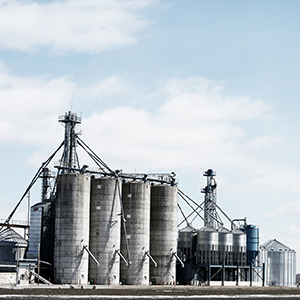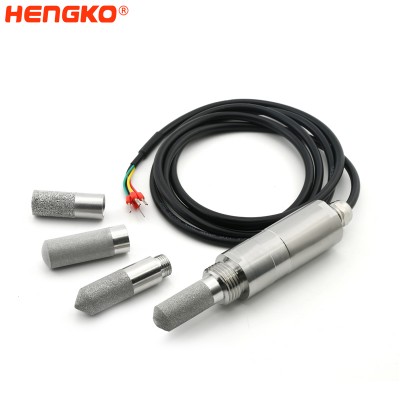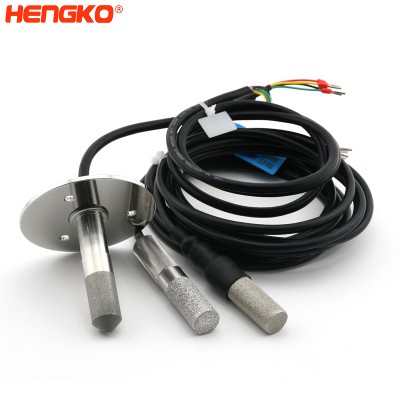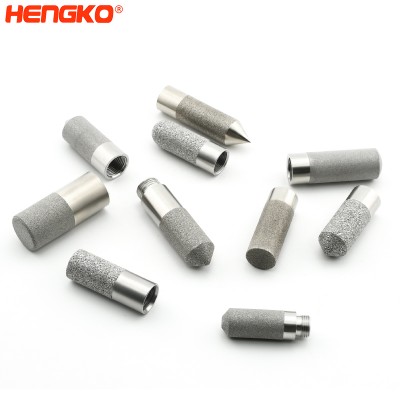The definition of “natural gas” that has been commonly used for a long time is a narrow definition from the perspective of energy, which refers to a mixture of hydrocarbons and non-hydrocarbon gases naturally stored in the formation. In petroleum geology, it usually refers to oil field gas and gas field gas. Its composition is dominated by hydrocarbons and contains non-hydrocarbon gases. Natural gas is one of the safer fuels. It does not contain carbon monoxide and is lighter than air. Once it leaks, it will immediately diffuse upwards and is not easy to accumulate to form explosive gases. It is relatively safer than other combustibles. Using natural gas as an energy source can reduce the consumption of coal and oil, thereby greatly improving environmental pollution; natural gas as a clean energy source can reduce nitrogen oxides, sulfur dioxide and dust emissions, and help reduce the formation of acid rain and slow down the global greenhouse Effect and improve environmental quality.
Natural gas fuel is one of the earliest and widely used alternative fuels. It is divided into compressed natural gas (CNG) and liquefied natural gas (LNG). Natural gas fuel has many advantages and is widely used in various civil places or industrial production for factory heating, production boilers and gas turbine boilers in thermal power plants.
To figure out why the dew point of natural gas needs to be measured, we must first know what dew point is. It is the temperature at which natural gas is cooled to saturation without changing the water vapor content and air pressure, and is an important reference parameter for measuring humidity. The water vapor content or water dew point of natural gas is an important technical indicator of commercial natural gas. The national standard “natural gas” stipulates that the water dew point of natural gas should be 5 ℃ lower than the lowest ambient temperature under the pressure and temperature conditions of the natural gas junction.
The high water dew point content in natural gas will bring various negative effects. Mainly the following points:
• Combines with H2S, CO2 to form acid, causing corrosion of natural gas pipelines
• Reduce the calorific value of natural gas
• Shorten the life of pneumatic components
• In the cold, water condensation and freezing can block or damage pipes or valves
• Pollution to the entire compressed air system
• Unplanned production interruption
• Increase natural gas transportation and compression costs
• When high-pressure natural gas expands and depressurizes, if the moisture content is high, freezing will occur. For every 1000 KPa drop in natural gas, the temperature will drop by 5.6 ℃.

There are several ways to express the content of water vapor in the natural gas industry : the commonly used unit is to express the content of water vapor in natural gas as the mass (mg) per unit volume. The volume in this unit is related to the reference conditions of the gas pressure and temperature, so the reference conditions must be given when using it, such as m3 (STP). In the natural gas industry, relative humidity (RH) is sometimes used to express water vapor content. RH refers to the percentage of water vapor content in a gas mixture at a certain temperature (mostly ambient temperature) to the degree of saturation, that is, the actual water vapor partial pressure divided by the saturated vapor pressure. Multiply by 100 again. The concept of water dew point °C is often used in natural gas storage, transportation and processing, which can intuitively reflect the probability of condensation of water vapor in the gas. The water dew point represents a condition of water saturation, and it is expressed by the temperature (K or °C) at a given pressure.
Not only natural gas needs to measure dew point, but other industrial environments also need to measure dew point data. The HENGKO temperature and humidity Datalogger module is the latest temperature and humidity acquisition module developed by our company. It uses the Swiss imported SHT series temperature and humidity sensor, which can simultaneously collect temperature and Humidity data has the characteristics of high accuracy, low power consumption, and good consistency; the collected temperature and humidity signal data, while calculating the dew point and wet bulb data, can be output through the RS485 interface; Modbus-RTU communication is adopted, and it can be communicated with PLC and human The computer screen, DCS, and various configuration software are connected to the network to realize temperature and humidity data collection.

This product can be used for cold storage temperature and humidity data collection, vegetable greenhouses, animal breeding, industrial environment monitoring, granary temperature and humidity monitoring, various environmental temperature and humidity data collection and control, etc.

HENGKO provides a variety of probe housings that can be replaced with various styles and models according to application requirements. The replaceable probes facilitate easy disassembly or reassembly at any time. The shell is sturdy and durable, with good air permeability, fast gas humidity circulation and exchange speed, filtering dustproof, corrosion resistance, waterproof ability, and can reach IP65 protection level.

Media Contact
Company Name: HENGKO
Contact Person: Media Relations
Email: Send Email
Phone: 0086-755-88823250
Country: China
Website: https://www.hengko.com/